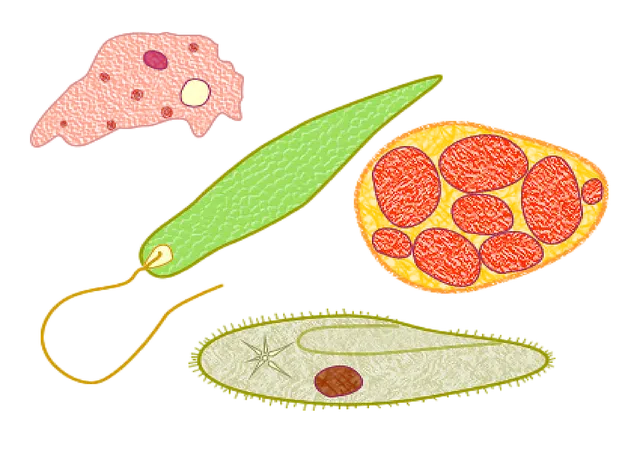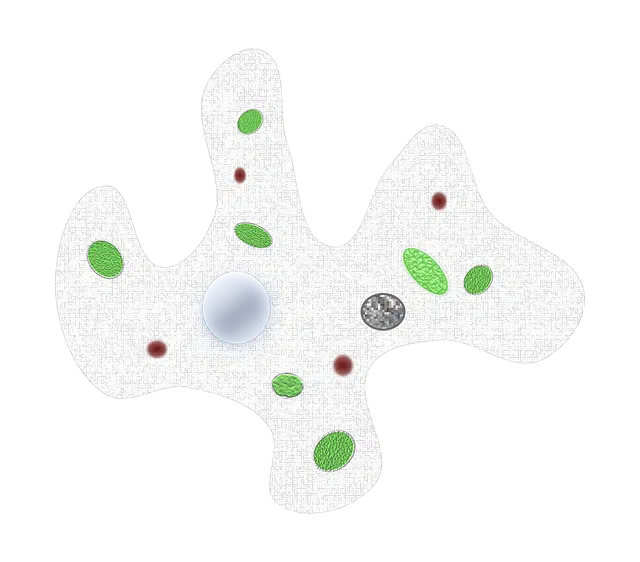
Protozoa are single-celled living beings that have a set of cells that are identical to each other.
First of all, before proceeding to determine the meaning of the term protozoa , it is necessary to know its etymological origin. And in this sense we can say that it is a word that derives from Greek, from the sum of two differentiated elements:
-The prefix «proto-«, which is equivalent to «the first».
-The noun "zoo", which is synonymous with "animal".
What are protozoa
Protozoa are unicellular organisms or composed of a group of cells that are identical to each other. When the concept is written with an initial capital letter ( Protozoa ), it refers to the taxon that these living beings make up.
Typically, protozoa, which can also be called protozoa , are single-celled eukaryotic organisms that develop in water, although there are also many that subsist in a humid environment. Protozoa reproduce sexually, asexually, or even through an exchange of genetic material.
It is possible, therefore, to find protozoa that are very different from each other. In fact, scientists have discovered about 30,000 different protozoa . Some measure close to a millimeter and others barely reach ten micrometers, a fact that reveals the disparity in sizes in the group .

Amoebas are protozoa.
Some data
In addition to everything stated above, it is worth knowing other data of relative interest regarding protozoa, such as these:
-There are more than 50,000 different species.
-They have a size that can vary between 2 and 70 micrometers.
-They are very common as parasites in animals or plants.
-Their respiration is carried out through the cell membrane and water particles.
-The excretion system they have works through the so-called fecal vacuoles.
-Protozoa can reproduce, depending on the case, by three different methods: sporulation , which takes place when the mother cell divides into spores; budding, which is identified because the growth of a bud occurs; and bipartition, which consists of a division in two.
There are various protozoa that can move under their own power through an organelle called a flagellum . This allows them to move to search for bacteria , algae and fungi for food, for example.
Classification of protozoa
The most common classification distinguishes between four types of protozoa. Flagellated protozoa are those that have the aforementioned flagella . Ciliated protozoa , for their part, are covered in cilia.
Sporozoan protozoa are characterized by being parasites and having very reduced mobility. Rhizopod protozoa , finally, move through appendages called pseudopods.
However, we would also have to mention amoeboids, sporozoans, ciliophorans or cnidosporidia, among others.
Plasmodia , metamonadas , opalineas and amoebas are some of the organisms that are part of the group of protozoa, discovered by the Dutchman Anton van Leeuwenhoek in 1674 .
Among the most well-known or significant protozoa are the following:
-Trichomonas, which cause pathologies in the intestine or vagina, for example.
-Trypanosoma gambiensis, which is responsible for sleeping sickness.
